Malaysian Food
A Culinary Adventure
Malaysian Dishes – The Favorite Ones
Malaysian Food – A Smorgasbord Board of Flavors
In my time living in Malaysia I did loved the Malaysian food and the smorgasbord of flavors there to experience. Breakfast in Malaysia often was a curry accompanied with hot and tasty roti bread cooked on a hot pan often in even hotter climate. The curry would be handed to you in a plastic bag which was ideal size to fit into a large coffee mug then fold the plastic bag over the rim of the cup. The roti breads had amazing unique flavor of their own which could be torn up and dunked into the waiting curry juice.
There were vegetable, beef and fish curries in order of how hot they were so you knew what you were getting before you ordered. Just amazing out of these little stores on the side of the road which before moving to Malaysia. If you love fresh mouth watering sea food and so much more the markets are the place to find the best in explosive flavors and often hot chill in all your dishes. The ability to have a number of flavors in one dish is similar to Thai food in some ways. There is always a sweet, sour as well as salty and chili to be balanced out. The whole cooking concept in Asia is far removed from what westerners generally experience where one flavor dominates a given dish.
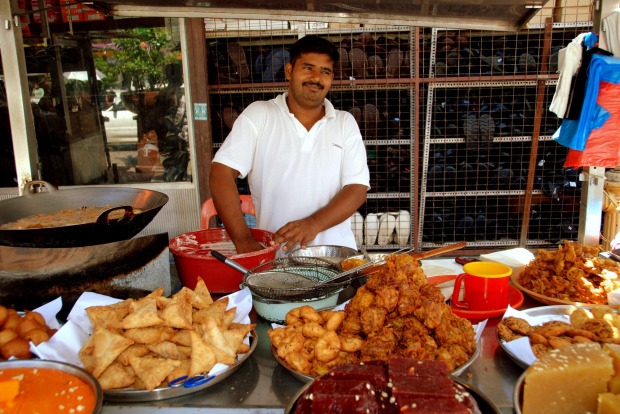
The Main Ingredients in Malaysian Food
Designing the flavor of a dish has so many balanced flavors in Malay food with Chinese plus Malay and Indian influences with a hint of the middle East there as well.
Lemon grass, shallots, ginger, chilies and garlic are the main ingredients that are mixed and fried in sambal sauce, a chili paste that goes with almost any meal of Malay food.
Butter shrimp is a new generation of dishes that is unique in Malaysia and combines a unique blend of culinary cultures: Chinese rice wine, Malaysian coconut milk and Indian curry leaves fused with eggs and butter into a buttery, spicy shrimp dish.
The most commonly consumed meat and vegetable dish is lemang, a sticky rice mixed with coconut milk and cooked in bamboo.
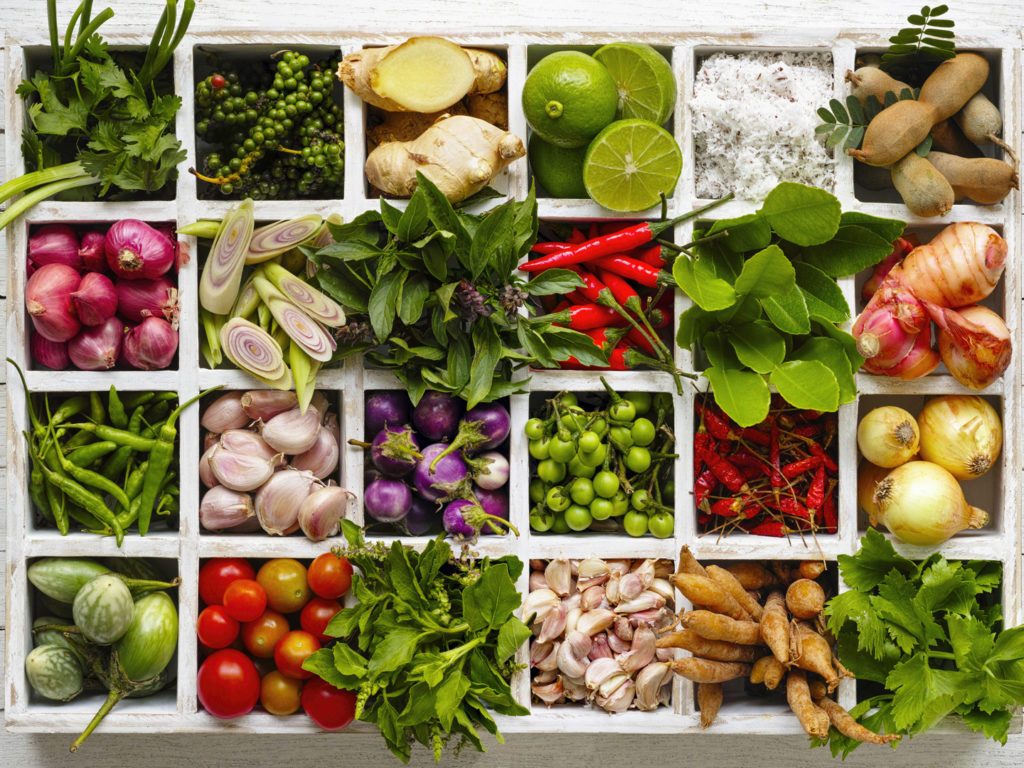
Nasi Lemak
Nasi Lemak is the most popular rice dish in Malaysia. Rice is steamed in coconut milk and pandan leaves to give it a rich fragrance.
It is a meal of steamed rice with a simple taste served with a variety of curries as a side dish to rice. Often the dish is accompanied by side dishes such as fried chicken stomach, curry mutton cubes, beef roe, fried shrimp and fried squid.
These dishes are often combined with nasi tomatoes, rice cooked in tomato sauce, paste, milk and dried spices, or fried on garlic, onion and ginger based in Rempah.
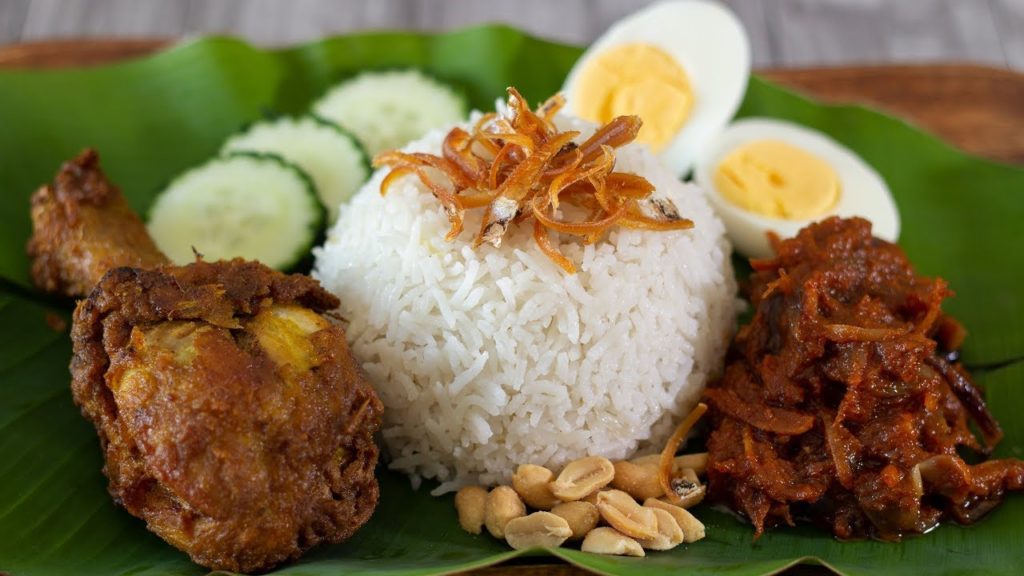
Nasi lemon
A common sight in Malaysia is neighboring Singapore, where menus include Nasi lemon which is boiled eggs, roti bakar, noodle dishes and Kuih bread.
Malaysia has created its own unique dishes, including Nasi Lemak, which the Malaysian government considers a national dish. Malaysian Nasi Lemak consists of hot and spicy sauce, sambal, boiled egg, cucumber slices, small dried anchovies plus ikan bilis and roasted peanuts.
There are variations that can be added such as sambals, cuttlefish, fried chicken, cockles, roasted watermelons. The variations are endless with an extra list of options to add to your Nasi Lemon like kangkong (pickled vegetables), achar beef, rendang (beef stew), coconut milk and spices.
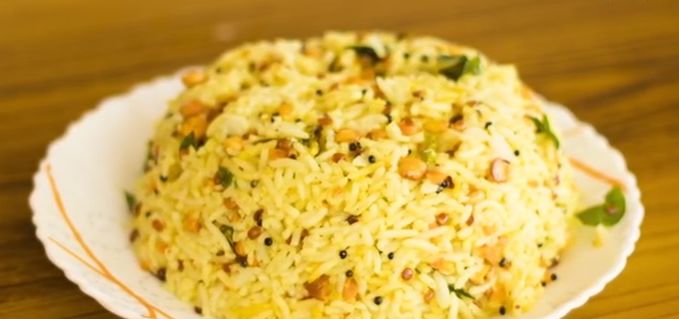
Nasi Ambang
Nasi Ambang is an example of a typical South Indian dish found in Malaysia is rice. This dish is often served with banana leaves, vegetables, curry, meat and fish. A popular way to serve Javanese-influenced food in the southern part of Malaysia is the term nasi ambang which consists of a common plate of white rice served with chicken in soy sauce and curry sauce. Fried noodles, sambal goreng (fried pieces of coconut), eggs and vegetables are also a popular choice.
Nasi Kerabu, is another dish based around rice with its signature blue rice central to the dish with various herbs, dried fish, fried chicken, crackers and pickled vegetables is a popular variant in Malaysia’s east coast states.
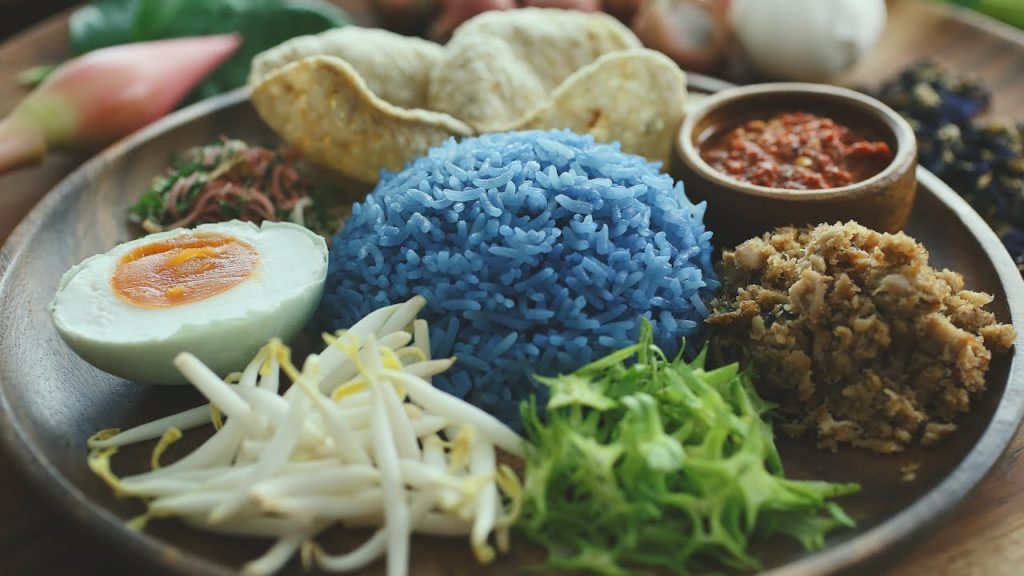
Char Kway Teow
Char Kway Teow is a delicious and addictive dish in Malaysia composed of flat rice noodles with chili, dark soy sauce, bean sprouts, shrimp, belachan and Chinese chives fried in hot heat.
It is one of the most common Malay dishes in Malaysia and varies widely and can be served with cockles, fish pie and other flavorings. Thanks to Chinese immigrants, the char chuey teow has made the flat rice noodle one of the most popular noodle dishes in Southeast Asia.
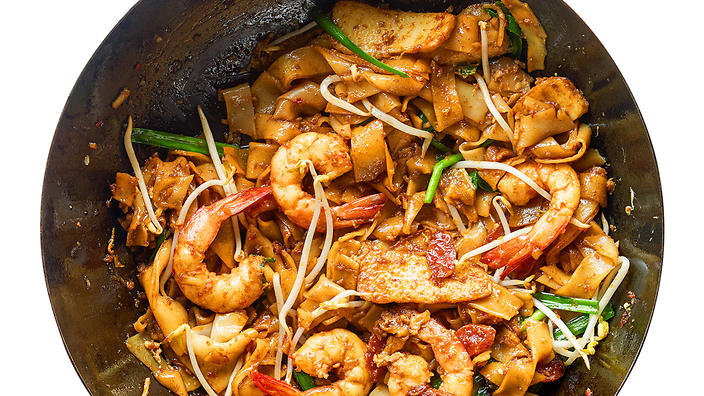
Nasi Campur
Nasi campur, which literally translates as “mixed rice,” offers hundreds of Malaysian food alternatives, but it is a better introduction to food in Malaysia. The flavor of Malaysian food comes from the fusion of food culture :
Malaysian Chicken Curry, Tempoyak (fermented durian spices), fish-forward Laksas (our national dish), and Nasi Lemak (with fried anchovies, peanuts, crispy cucumbers, hard-boiled eggs and a generous throw of Sambal).
Where as in Thailand, Thailand, or Singapore you might find tom yum pads, chicken rice with chilies and crabs that are considered Asia’s new culinary frontier, Malaysian food is still a mystery to most Southeast Asians.
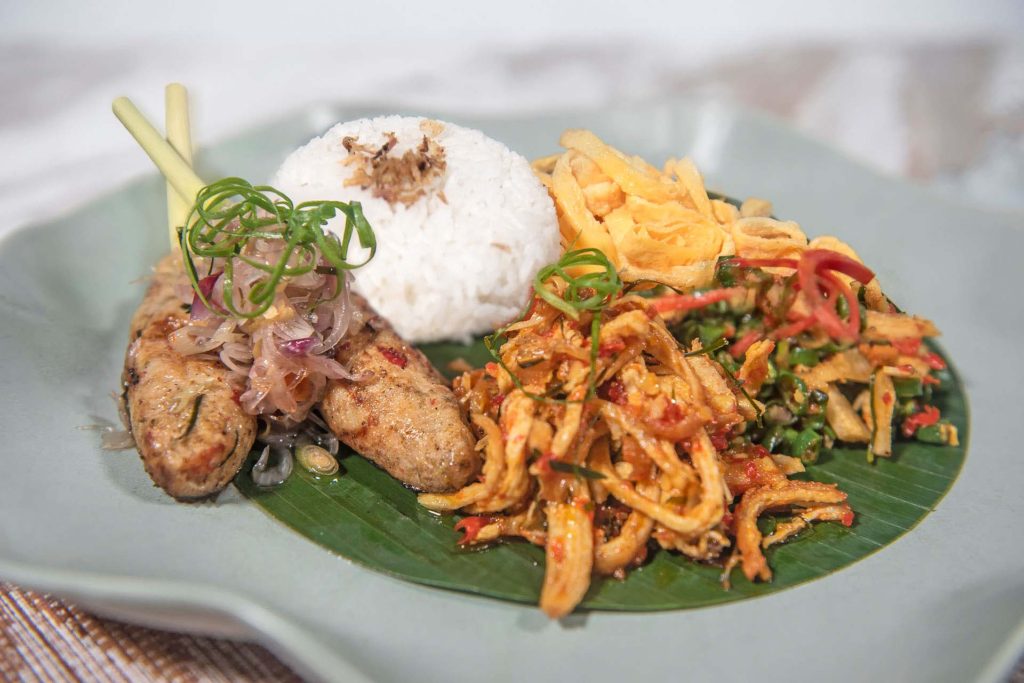
Malaysian food – In Summary
In summary, many delicious parts of Malaysian cuisine are influenced by Chinese, Indian and Malaysian influences. In this way, Malaysian cuisine is influenced by similar Indonesian dishes, as the two nations share many of the same dishes.
Malaysian cuisine is an interesting synthesis of traditional foods from neighboring countries. Malaysian food is one of the three great influences in Malay food complimented by Chinese and Indian food. Malaysian food always delights visitors to the country with its incredible variety of flavors. It is strong, spicy and aromatic and combines the rich taste of many herbs and spices found throughout Southeast Asia.

As am Amazon.com affiliate I may earn from qualifying purchases.
